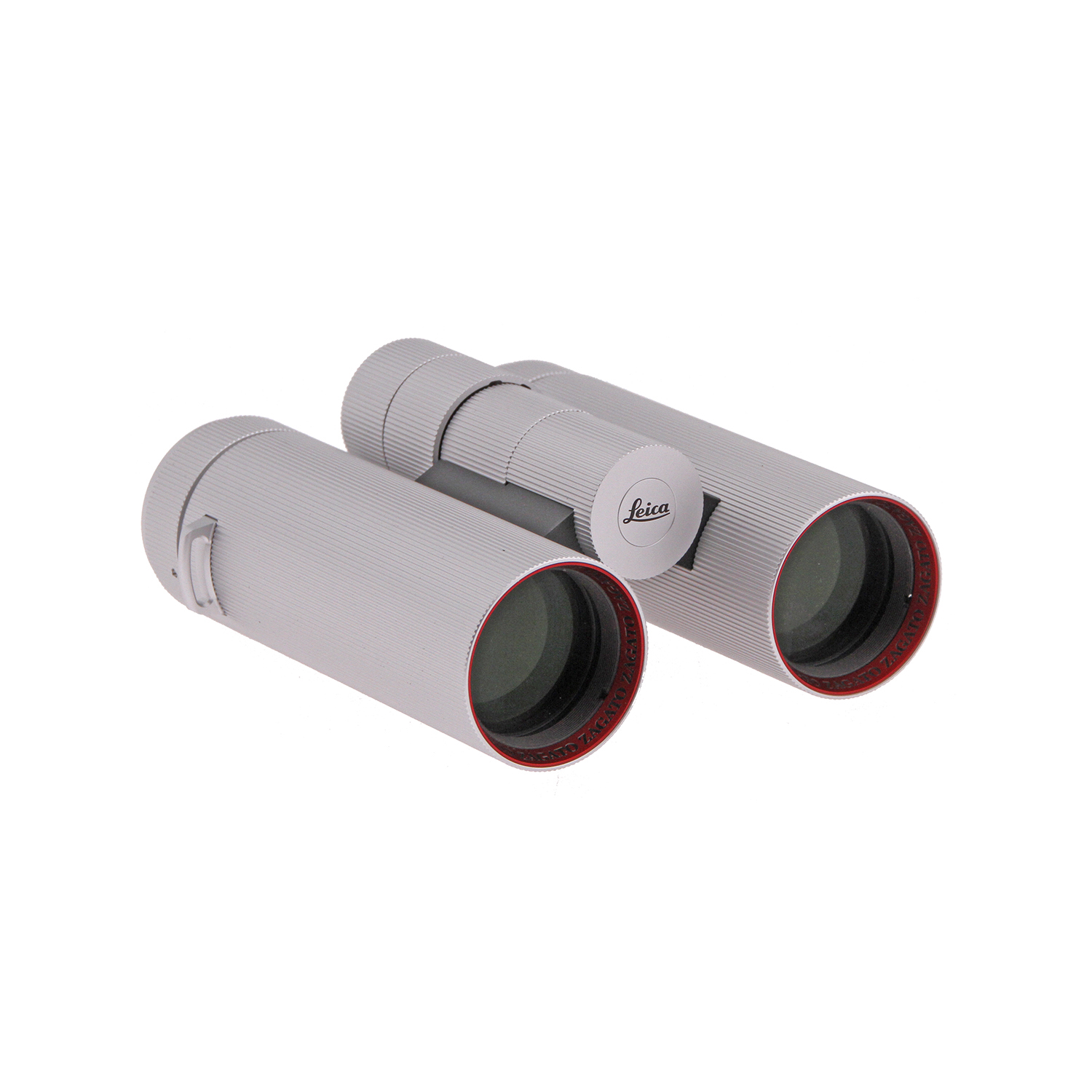

However the military DF 7 x 50 (the Binoctar was a civilian version of the DF 7 x 50) did have these knobs and was being made in 1915, and other collectors have told me that at the end of WW I Zeiss demilitarized military binoculars which were at their factory and applied civilian model markings on them for civil sale.
#CLEANING LEITZ BINOCULARS SERIAL NUMBER#
I have a Binoctar marked Zeiss 7 x 50 with a 1915 serial number and an IPD tension knob at the hinge end, but the problem is Zeiss did not introduce the Binoctar model until 1918 and Binoctars did not have IPD tension knobs. Zeiss did this sort of thing at the end of WW I.

The binocular could have been an unissued example at the Leitz factory or more likely one which was there for servicing when occupation took place. The demilitarization would have involved removing all military markings from the prism plates and replacing them with civilian model ones while retaining the original serial number. I'd like to see it.Ī fourth possibility very similar to 3) is that it is a military model Leitz made circa 1943 which was demilitarized 1945-1946 for post-war sale. Often surplus military and stockpiled civilian model parts were used to assemble these products.Ĭould you post some pictures of your Aviosept especially of the markings. Note that as incredible as it seems some German optical manufacturers such as Leitz as well as Zeiss, Hensoldt, and Voigtlander began manufacturing and selling optical instruments such as binoculars and cameras almost immediately after occupation in some cases even as the war was still going on. I think this is doubtful but if so the binocular should have some military markings.ģ) The binocular was made post war (late 1945-1946) from stockpiled parts for sale to Americans. I can think of three explanations.ġ) Leitz actually did make some during the war for the civil market or for export to get foreign currency.Ģ) The binocular was made circa 1919-1931 but during the war was reconditioned by Leitz for military use and assigned a new serial number.

It is also peculiar that a binocular model which was reportedly discontinued in 1931 (and the listing is a well-researched and generally accurate guide) was made circa 1943. The Aviosept was a civilian model binocular and war-time made civilian model German binoculars are not common particularly mid to late war ones. I maintain a small Leitz binocular serial number database (the Leitz microscope serials cannot be applied to binoculars) and 431011 is a mid-war Leitz number, probably 1943, post-war numbers not beginning until about 480000. Well my Trinovid was built in the 70thies and the very polite answer from Leitz service was that they do not have any spares for such an old bino.You've got a valuable, rare and nice binocular. So I ask Leitz service in Portugal for a replacement of the broken part. It was no option for me to send the Trinovid to Leica for repair cus it would cost me much more than another used 8x20C (even if I am located in Germany). This part (whatever the correct technical term is) is sliding both lens elements inside of the tubes simultaneously. I opened the center part of it and found a little piece of plastic inside which broke off through the impact. The front lens section inside the bino was loose and did not move by turning the focus knob like the working right side. The left lens wasn`t focusing after a fall of 1,5m on the ground despite a padded protection case. Bad luck for me that I have dropped it on the floor just before my first tour with it :( I love to watch nature through my big and heavy Fujinon 7x50 so I decide to buy a small used Leica Trinovid 8x20C for backpacking. This is for all who don`t like throwing things away and buy new when a little but necessary piece of plastic is broken apart.


 0 kommentar(er)
0 kommentar(er)
